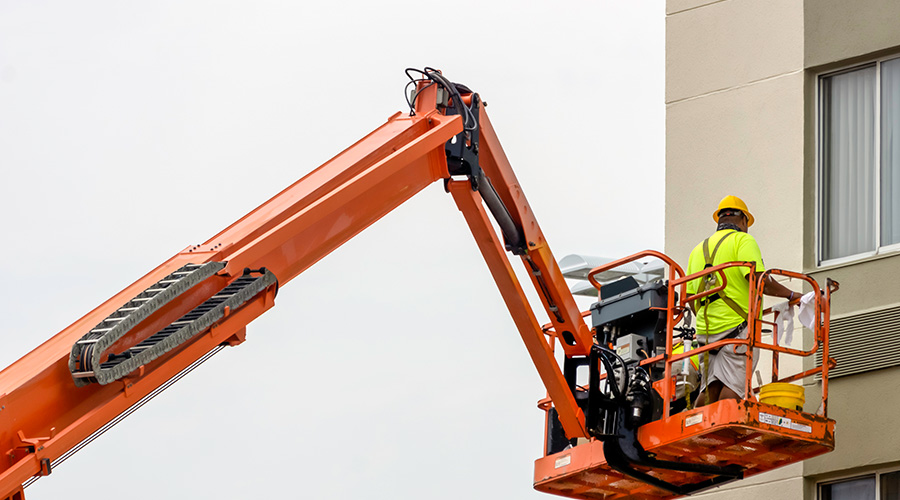Recycling: Containing Costs
Collecting recyclable materials can cause major problems for the program if managers fail to think about people's needs. The biggest hurdle to successful recycling is a lack of understanding about recycling materials and methods. This is true for both the generators of the materials and the maintenance staff who collect the materials.
Managers need to design programs for ease of use. This means using graphics and words to identify recycling requirements and containers, as well as using ergonomic container design to overcome resistance from maintenance workers.
Also, it is important to have a complete set of containers at each location. A recycling container must accompany every garbage container, and vice versa. People will not walk two more steps to find the right container. Failing to take container design and placement into account will result in cross-contamination, frustration, and increased costs.
Containing Costs
The key to a cost-effective recycling program is designing it for material-handling efficiency and taking advantage of the corresponding volume reductions in waste generation.
For example, one university was able to reduce its waste collection from four days per week to no more than twice per month. This bottom-line benefit resulted from an increase in recycling and from the installation of waste compactors. They designed a user-friendly, worker-friendly system, trained all of the parties involved to change their behaviors, and incorporated solid-waste savings.
Wayne D. DeFeo, LEED AP, is principal with DeFeo Associates — a firm that specializes in sustainability, energy conservation, recycling, and solid-waste management.
Dual vs. Single Stream
Dual-stream recycling is the traditional method of recycling. Workers collect paper separately from cans, bottles and everything else. Generally, the material from dual-stream programs is of higher quality and value, but it costs more to move it to market.
Single-stream recycling involves collecting paper, cans, and bottles in one container. It costs more to separate the mix, and the mix is less valuable, but the cost to move it is lower. Managers must compare the cost of transportation against the cost of processing.
— Wayne D. DeFeo
|
Related Topics:














